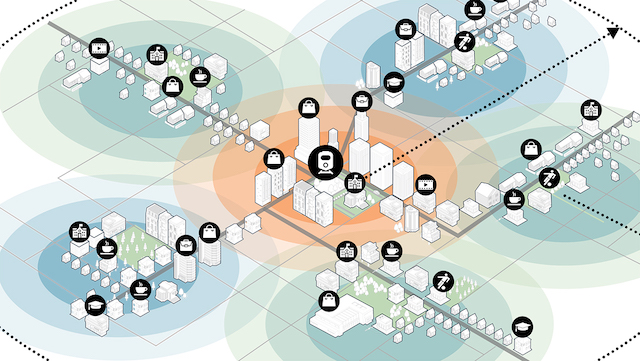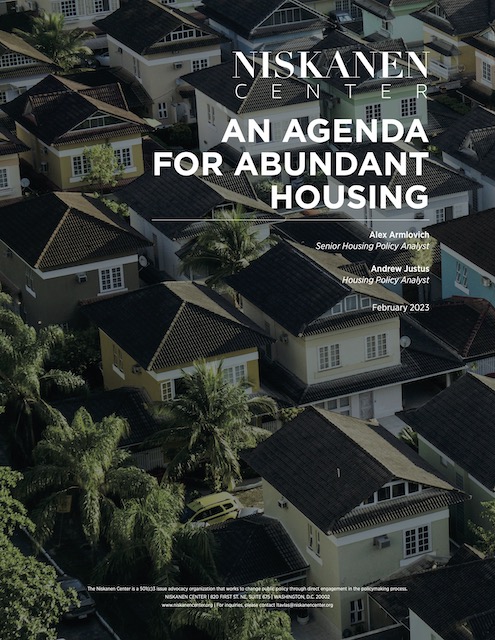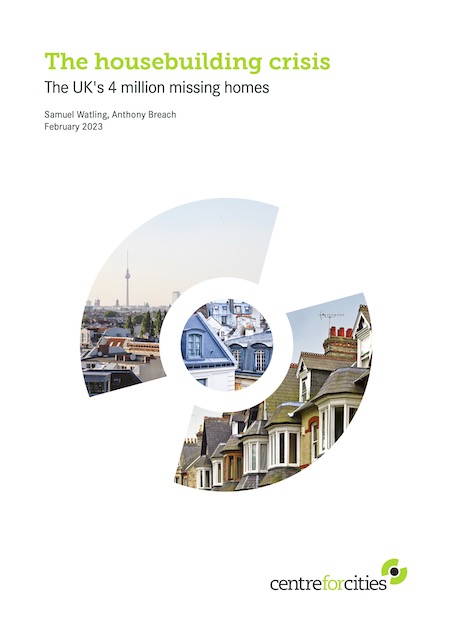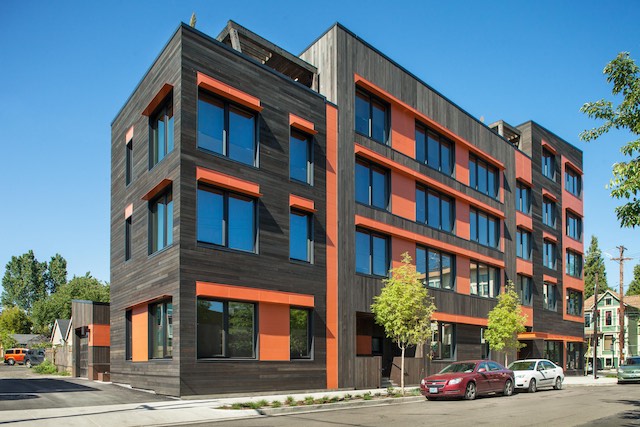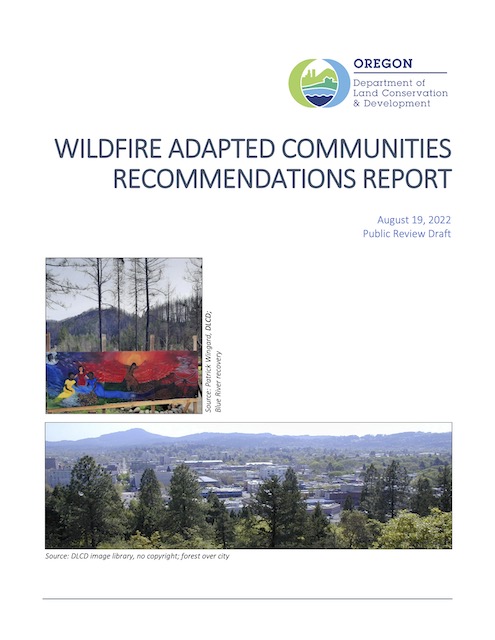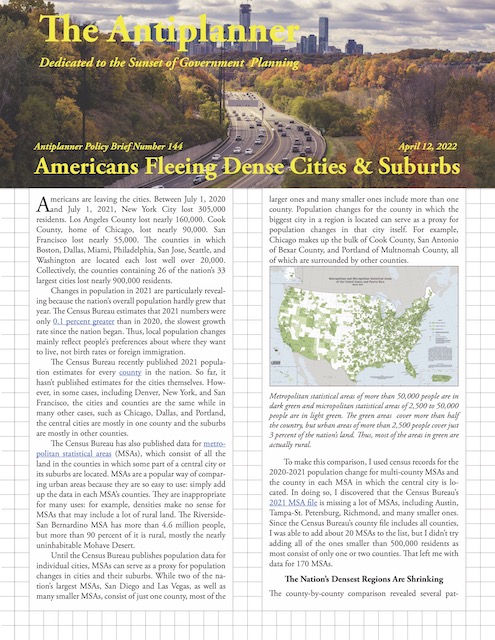As if the 15-minute city wasn’t bad enough, planners are now promoting what they call the 20-minute suburb. According to its supporters, suburbanites are fed up with driving everywhere and are demanding that the suburbs be rebuilt at higher densities with lots of “town centers” so that everyone can walk to a shop in 20 minutes.
Skidmore, Owings & Merrill concept for denser, 20-minute suburbs with lots of transit.
How do planners know this? Because during the height of the pandemic, a lot of people bought bicycles causing, for a brief time, a bicycle shortage. Based on this and similar anecdotal information, planners agree that the time is ripe to completely rebuilt the nation’s suburbs by eliminating single-family zoning and building lots of dense mixed-use developments. Continue reading

